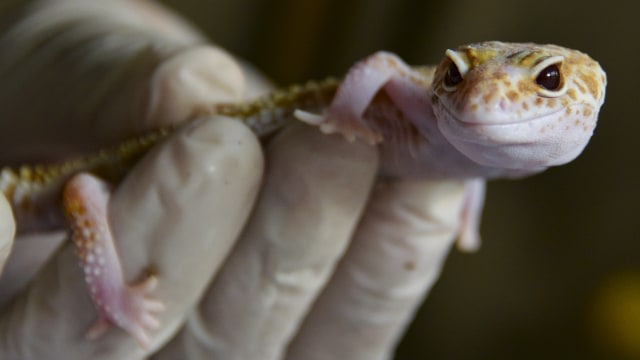

However, the trade runs unchecked due to the sheer number of illegal traders and reports of lucrative deals.
#Indonesia tokek license
Collecting, transporting and trading in geckos without a license can be punishable by up to twelve years in jail and a fine of up to Php 1,000,000.00 under Republic Act 9147, in addition to other applicable international laws.

The tokay gecko is quickly becoming a threatened species in the Philippines due to indiscriminate hunting. įrom 2009 to 2011, the poaching of Tokay geckos intensified due to a short lived belief that it was an effective HIV cure. The animal remains highly sought after in China, Hong Kong, Taiwan, Vietnam, Malaysia, Singapore and other parts of Asia with Chinese communities, to the point where unscrupulous merchants have taken to disfiguring monitor lizards with prosthetics to pass them off as colossal tokay gecko specimens. It is believed to nourish the kidneys and lungs, beliefs that are not substantiated by medical science. The tokay gecko is an ingredient in Traditional Chinese medicine, known as Ge Jie (蛤蚧). This species is poached for the medicinal trades in parts of Asia. It is believed to be descended from dragons. In Southeast Asia it is a symbol of good luck and fertility. Regional folklore has attributed supernatural powers to the gecko. The tokay gecko is culturally significant in many East Asian countries.

Tokay gecko out of the its hiding place for a quick sunbath, taken at Cagayan de Oro, Philippines In addition, the strength of the bite depending on the gecko's size larger (usually male) tokay geckos are capable of piercing skin, which often result in immediate bleeding. Though common in the pet trade, the strong bite of the tokay gecko makes it ill-suited for inexperienced keepers. Compared to other gecko species, the tokay gecko has a robust build, with a semi-prehensile tail, a large head and muscular jaws. It is a strong climber with foot pads that can support the entire weight of the body on a vertical surface for a long period of time. The tokay gecko feeds on insects, fruit, vegetation and small vertebrates. Females lay clutches of one or two hard-shelled eggs and guard them until they hatch. Tokay geckos are generally aggressive, territorial, and can inflict a strong bite. The species is sexually dimorphic, the males being more brightly colored and slightly larger.
#Indonesia tokek skin
The skin is soft to the touch and is generally gray with red speckles, but the animal can change the color of its skin to blend into the environment. It is cylindrical but somewhat flattened in body shape. It is believed to be the third largest species of gecko, after the Giant leaf-tail gecko ( Uroplatus giganteus) and New Caledonian giant gecko ( Rhacodactylus leachianus). The tokay gecko is a large nocturnal gecko, reaching a total length (including tail) of up to 30 cm (12 in). Physical characteristics and behavior įemale tokay gecko, distinguished by its duller colors than the male. It is currently unclear whether the species is native but very uncommon in Taiwan, or whether the rare reports of individuals since the 1920s are based on repeated anthropogenic translocations that may or may not have resulted in established populations by now. Increasing urbanization is reducing its range. It is established in Florida in the United States, Martinique, the islands of Belize, and possibly Hawaii. This is an introduced species in some areas outside its native range. Its native habitat is rainforest, where it lives on trees and cliffs, and it also frequently adapts to rural human habitations, roaming walls and ceilings at night in search of insect prey. This species occurs in northeast India, Bhutan, Nepal, and Bangladesh, throughout Southeast Asia, including Thailand, the Philippines, Malaysia and Indonesia, and to western New Guinea. azhari ( Mertens, 1955): found only in Bangladesh. gecko ( Linnaeus, 1758): tropical Asia from northeastern India to eastern Indonesia. 4 Conservation and relationship with humans.3 Physical characteristics and behavior.


 0 kommentar(er)
0 kommentar(er)
